Welcome to Dream Of Japan stories
Where two days are never the same. Each product at Dream of Japan is a tapestry of untold tales and their creations, of who, how, and where, and the threads that weave them together. But that's only the tip of the iceberg. Regardless of your interests, we hope and believe that you will find information that is helpful, sparks curiosity, fosters discussions, and leaves you with plenty of food for thought. We firmly believe that every artisan product has stories that will unfold in the Receiver's hands. These narratives inspire us to create and share meaningful stories daily.
Let's create stories together.



Balmuda Brings Japanese Lifestyle to Brooklyn – My First-Hand Journey at Cibone O’te
Step into Brooklyn’s ‘Little Tokyo’ where timeless Japanese craftsmanship meets sleek innovation—dashi, design, and dramatic ideas of intricate style collide in one unforgettable space…
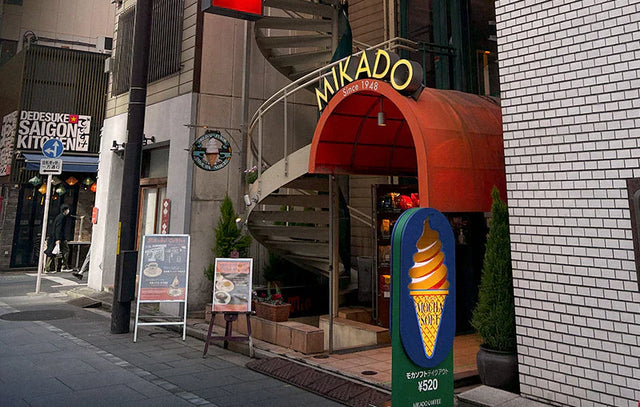
Mikado Coffee: A Timeless Brew With a Legacy in Japan - Cafe Spotlight
Is Mikado just another café—or the soul of Japan’s coffee culture? Step inside and uncover the rich legacy brewed into every cup since 1948.
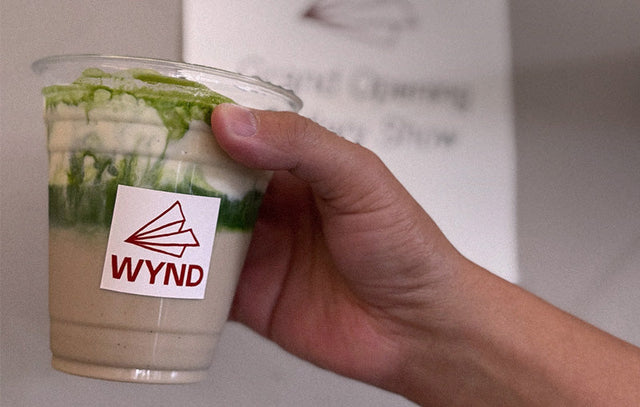
Tokyo Meets LA: Glitch Coffee and WYND Coffee’s Transpacific Partnership - Cafe Spotlight
Discover how Japanese coffee masters blend tradition and innovation—delicious recipes, rare roasts, and brewing secrets you won’t find anywhere else. Dive in!
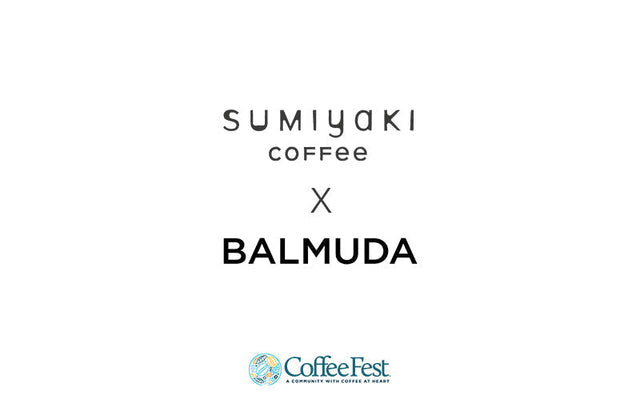
Coffee Fest Los Angeles 2025 Recap – August 22–23, 2025
Relive Coffee Fest LA 2025! From Balmuda’s design brilliance to our jazz kissa booth vibe, tastings, and award-winning matcha—see what made it unforgettable.
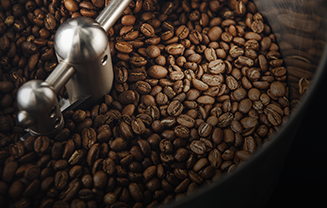
Tokado Coffee - Roasting a Path to the Top - Café Spotlight
Discover how Japanese coffee culture blends artistry, tradition, and precision—from vintage kissaten to cutting‑edge third‑wave cafes. Intrigued?
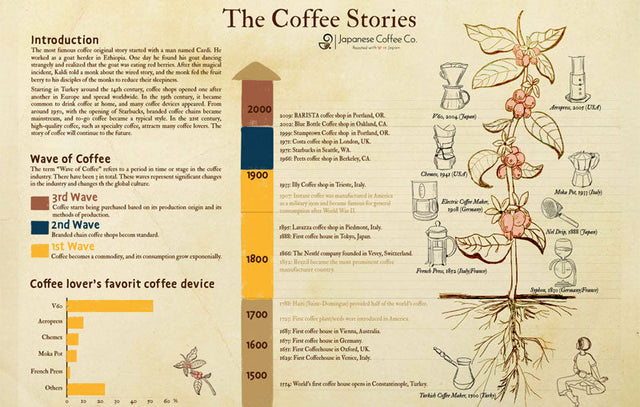
The Coffee Stories – Where did coffee come from, and how it evolved in the history
How did coffee become the world’s favorite drink? Discover its origins, legends, and waves of evolution—from ancient Ethiopia to today’s specialty coffee culture.
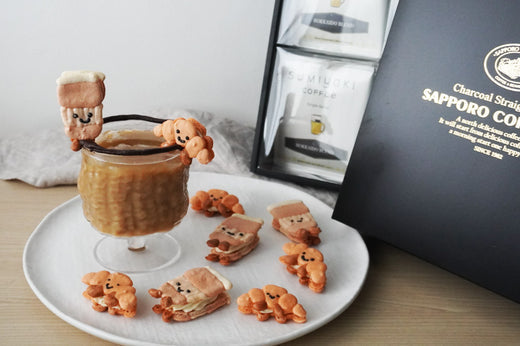
Tiramisu Macaron Recipe (With Espresso & Cheese Buttercream Filling)
Discover how to make Tiramisu Macarons with coffee cup and croissant designs. A recipe from our friend Erika from Sumopocky, an expert baker friend.
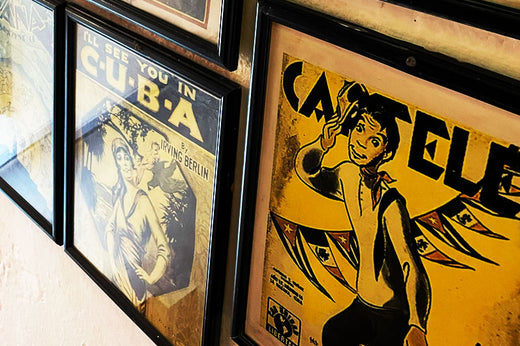
Cuban Coffee vs. Japanese Coffee
Immerse yourself in the rich flavors of Cuban coffee culture! Explore the vibrant history, unique brewing techniques, and passionate tradition behind every cup. Click the link to savor the essence...

McDonald’s Japan (and Coffee)
Learn about the unique coffee culture of McDonald's Japan and how it differs from the fast food chain's global offerings. Explore their menu and more.
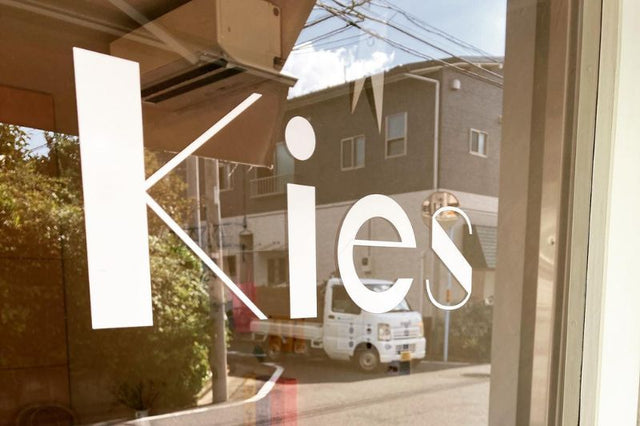
Unveiling Tokyo's hidden gem – 'Kies,' where the aroma of freshly baked homemade cookies welcomes you like a warm, cozy hug
Enjoy Kies, a hidden haven in Tokyo where the aroma of freshly baked, handcrafted cookies will warm your heart. Experience this delightful wonderland today!
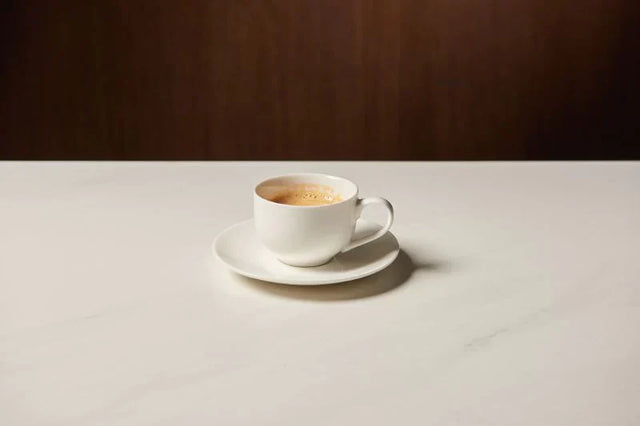
Experiencing Coffee First-Hand in Italy - The Land of Espresso
Experience firsthand Italy's coffee culture. In the heart of Italy, discover the essence of espresso and the art of coffee.

British Coffee chain Costa Coffee (the world’s second-largest coffee chain) opens its first outlet in Japan
Savor the blend of cultures as Costa Coffee, a major global chain, opens its doors in Japan. Experience the best of both worlds in every cup!
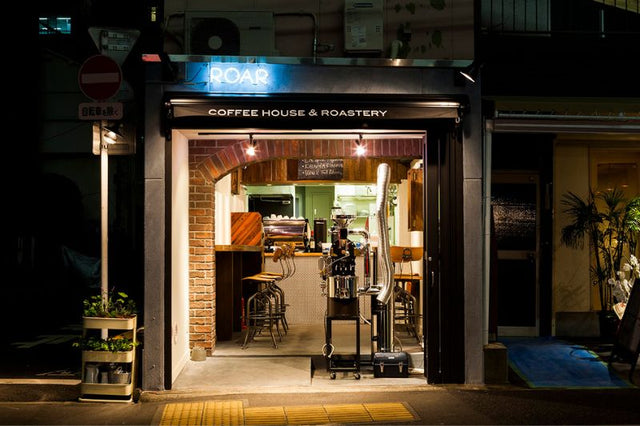
Roar Cafe and Roastery
Experience the captivating world of Roar Cafe and Roastery. Indulge in artisanal coffee blends and immerse yourself in a cozy coffee haven. Discover your new favorite spot!

Doutor Coffee - Everything You Need to Know
Discover the history and unique offerings of Doutor Coffee, one of Japan's most popular coffee chains. Satisfy your curiosity and explore the world of Japanese coffee culture.
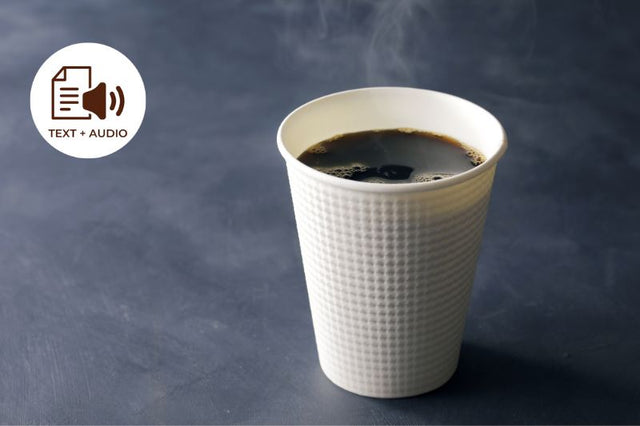
Japanese Convenience Store Coffee War
Uncover the competitive world of Japanese convenience store coffee, where major players battle for supremacy. Dive into a rich culture of taste tests and exclusive blends.
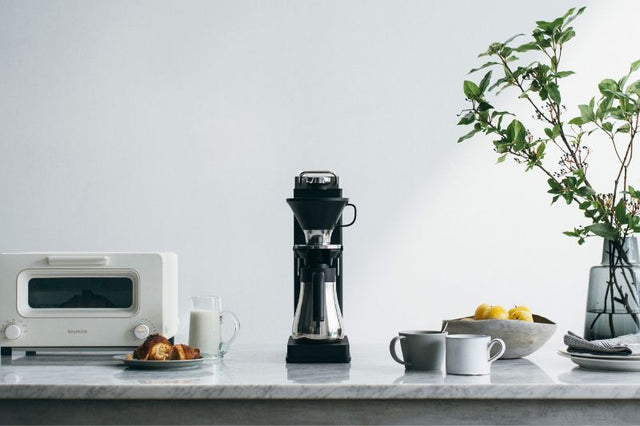
Behold: Balmuda's "The Brew" - Tokyo-based design powerhouse brings their coffee maker to the USA
Experience Balmuda's excellent coffee machine as Tokyo's design influence makes its way to the United States. This cutting-edge technology will enhance your coffee experience.

How Blue Bottle was Inspired by Japanese Coffee Culture
Discover the fascinating story of how a trip to Japan inspired the founder of Blue Bottle Coffee, one of the world's most beloved specialty coffee companies. From hand-dripped pour-over coffee...
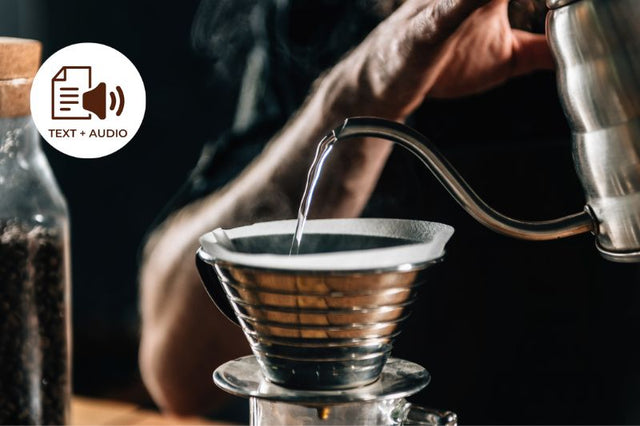
Kalita - Everything You Need to Know
Unlock the secrets of Kalita and take your coffee brewing skills to the next level. Discover the art of coffee brewing with this comprehensive guide to Kalita Wave. Whether you're...
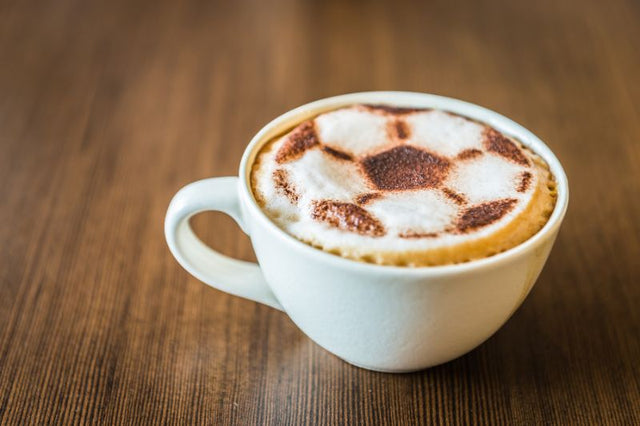
Coffee from Okinawa, dream of Naohiro Takahara, Soccer Legend
Discover how soccer legend Naohiro Takahara's dream of bringing Okinawan coffee to the world is transforming the local coffee industry.
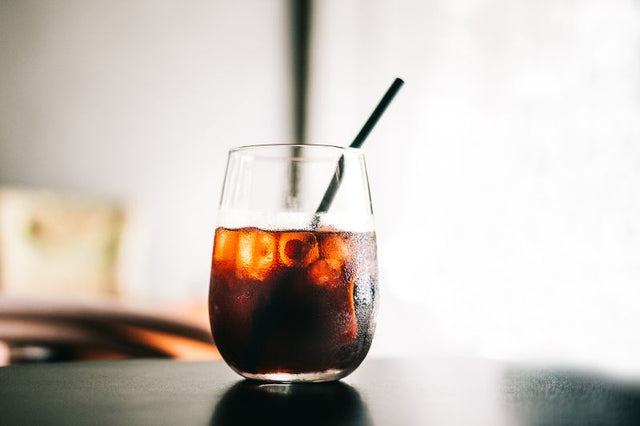
Why Japanese Iced Coffee is so popular
Discover the secret behind why Japanese iced coffee is so popular among coffee lovers. Learn about its unique brewing method and why it's preferred by many. Click to read more!...
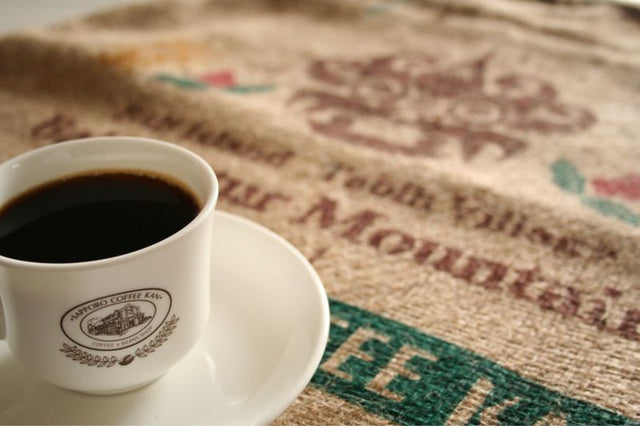
About Sapporo Coffee Kan - The Roaster
Learn about Sapporo Coffee Kan, a roaster in Japan that produces exceptional coffee beans. Discover their unique methods and the history behind their success. Find out what makes Sapporo Coffee...
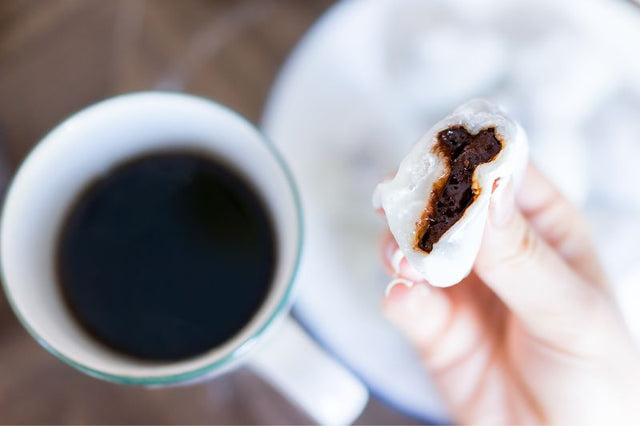
5 delicious Japanese food recipes you can make with coffee
Explore the unique flavors of Japanese cuisine in our latest article, featuring 5 mouth-watering recipes that all have one surprising ingredient: coffee! Click now to try something new and delicious...
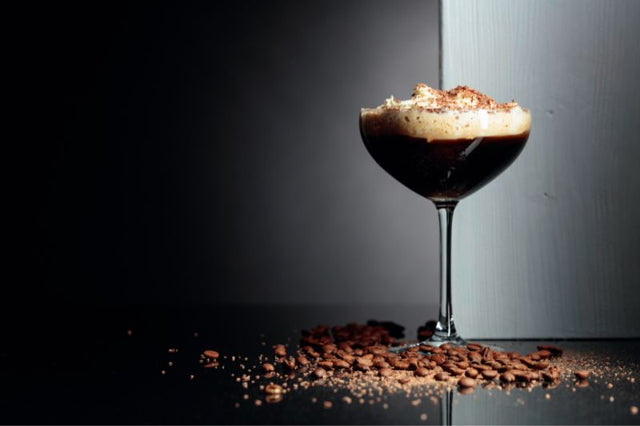
10 Trendy Coffee Cocktail Recipes You will Love
Take your coffee game to the next level with our trendy coffee cocktail recipes. Discover new and exciting ways to enjoy your favorite beverage. Click to explore and impress your...
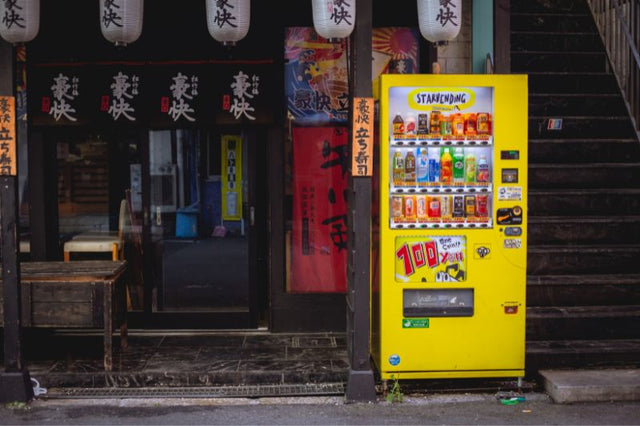
How Vending Machine Changed Japan's Coffee Culture
Learn how coffee vending machines in Japan have revolutionized the country's coffee culture. Discover the unique features and cultural significance.
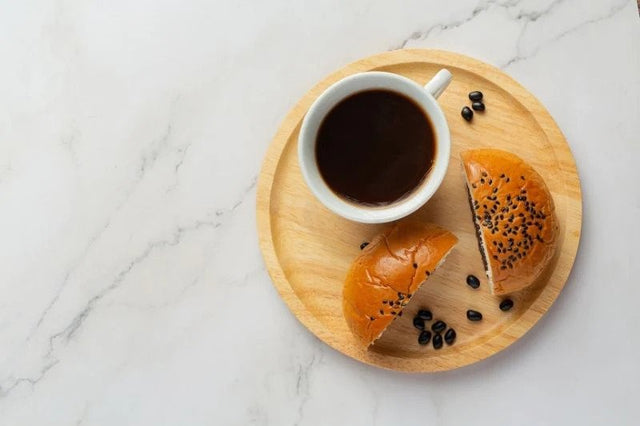
Anko & Coffee – AnCoffee?
Have you tried Anko Coffee, the latest trend from Japan? Discover the unique flavor combination of coffee and sweet red bean paste in this article!
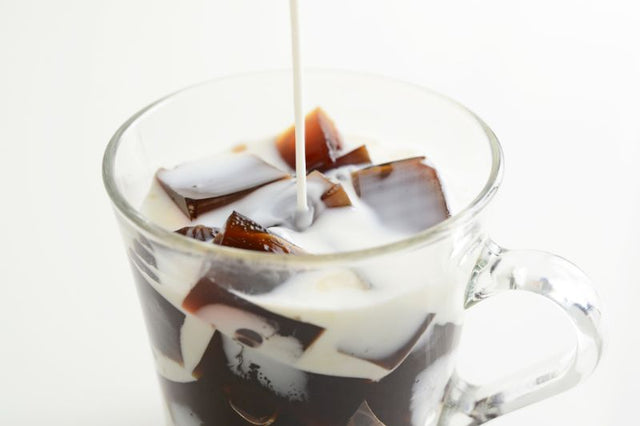
How to Make Japanese Coffee Jelly
Step up your coffee game with this unique Japanese coffee jelly recipe! Impress your guests and satisfy your sweet tooth with this easy-to-make dessert.
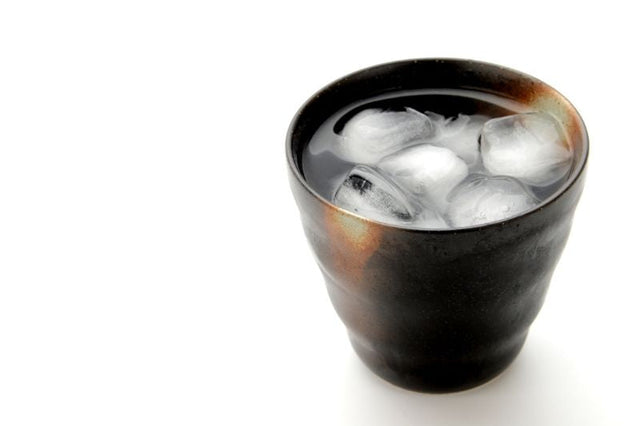
How to Make Coffee Shochu (コーヒー焼酎)
Looking for a new coffee cocktail recipe to try? Learn how to make delicious coffee shochu, a unique Japanese twist on a classic drink!

Your cart is currently empty.
Start Shopping














